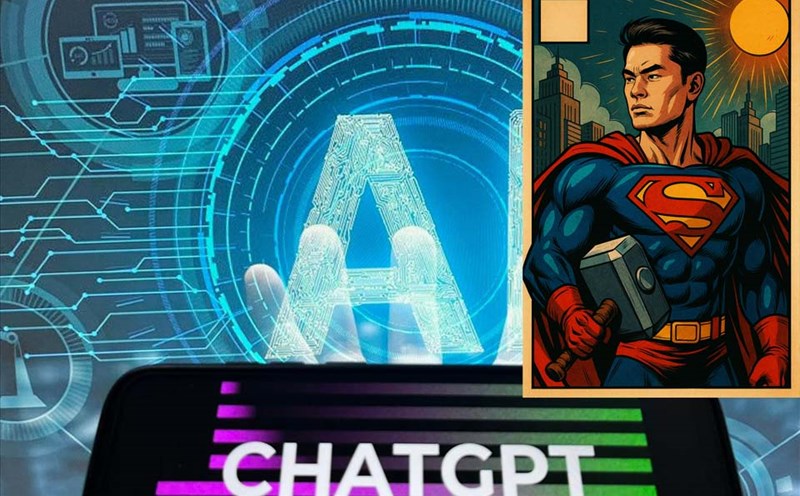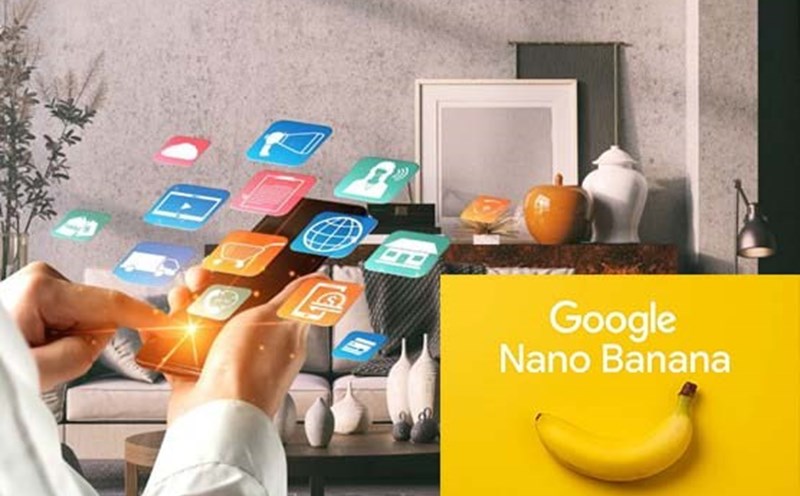When Google launched the Gemini Nano Banana image creation model, the technology community was not only paying attention to its performance but also curious about the strange name Nano Banana.
Recently, David Sharon, Product Director of Gemini, recounted the entire story in the made-up made-up podcast by Google, and it was a surprisingly interesting story.
According to Sharon, the Nano Banana name was initially just a temporary identification code, hastily assigned by a Google employee named Nina.
She sent the model to LM Arena, a platform where users can experience anonymous AI models without knowing who the developer is.
"To keep it a secret, Nina needs to randomly put in a fake name. She thought of that name at around 2:30 a.m. It was just a fun choice, with no purpose at all," Sharon said.
However, a surprise came when users on LM Arena started to love this model and especially the Nano Banana name.
"We realized that's what people call it. So instead of changing the name, we decided to keep it, Sharon shared.
Behind the funny name is a breakthrough in Google's image creation technology. Gemini Nano Banana has the ability to maintain consistency in face and character identity, a previous weakness of many AI models.
The first time I tried it, I Uploaded my own photo and asked AI to put me in space. The result was amazing because it was still me, not a distorted copy created by AI, Sharon recalled.
The ability to retain facial features and at the same time be flexible helps Nano Banana become a big step forward in Google's image AI lineup, competing directly with tools such as DALL;E 3, Midjourney or Firefly by Adobe.
An internal team named Greenfield at Google has pushed Nano Banana into various creative challenges. When asked to assemble a long chair and a potato, the model immediately created an image of couch potato, meaning a potato on a soap seat made in a lazy but witty way. This is a testament to AI's ability to understand context and combine flexible concepts.
These experiments show that Nano Banana not only creates beautiful images but also understands ideas, opening up new possibilities for application in digital art, advertising and design.
The success of the model shows that Google is betting heavily on the new generation of image AI, where creativity, recognition and personalization are harmoniously combined, starting with a " nano banana fruit" that seems to be a late-night game.











